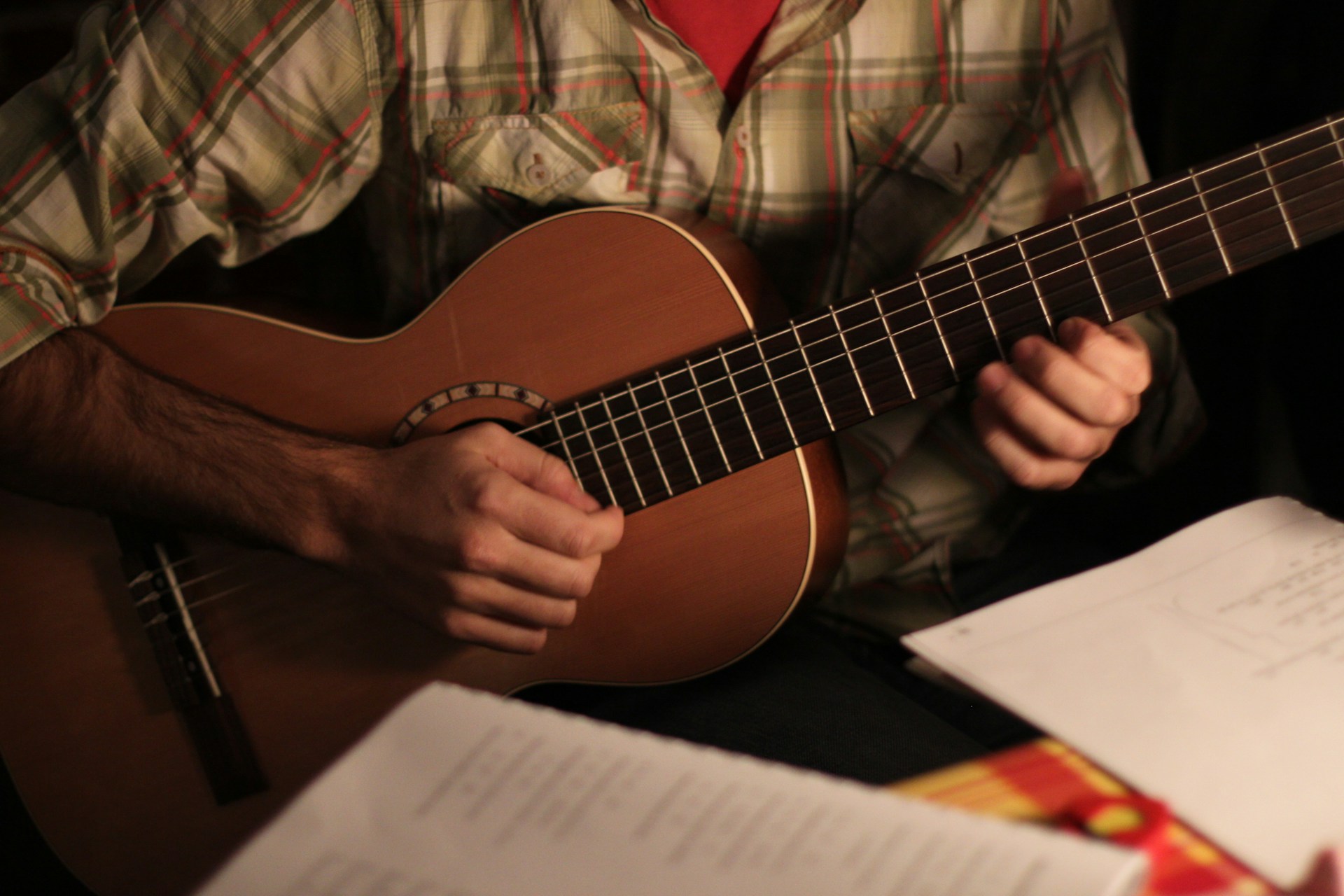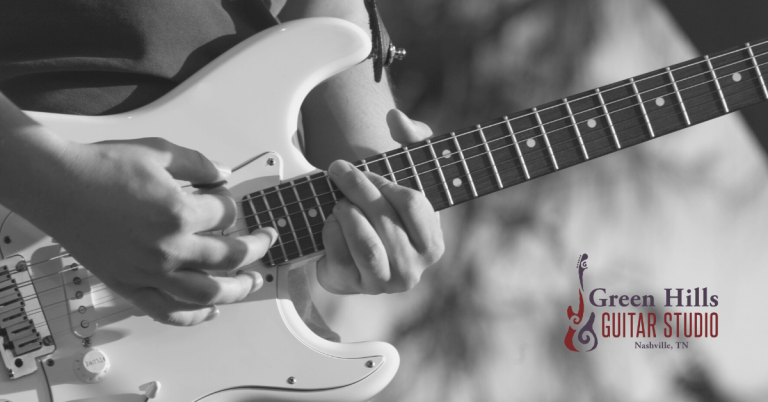Preventing Guitar-Related Injuries: Tips for Safe Practice
Playing music is a rewarding experience, but like any physical activity, it comes with the risk of injury if not done properly. Many guitarists, from beginners to seasoned pros, experience issues like tendonitis, carpal tunnel syndrome, or musculoskeletal strain at some point in their playing careers. The good news is that guitar-related injuries are often preventable with the right approach to posture, warm-up exercises, and ergonomic practices.
In this guide, we’ll explore essential tips for maintaining a healthy, pain-free playing experience so you can focus on what matters most—making music.
Understanding Common Guitar-Related Injuries
Tendonitis
Tendonitis is an inflammation of the tendons, the connective tissues between muscles and bones. For guitarists, it commonly affects the tendons in the wrists, hands, and forearms. Symptoms include pain, tenderness, and reduced flexibility. If you notice a persistent ache or discomfort while playing, it’s crucial to address it early to prevent long-term damage.
Carpal Tunnel Syndrome
Carpal tunnel syndrome occurs when the median nerve, which runs through the wrist, becomes compressed. This can cause numbness, tingling, and weakness in the hand and fingers, making it difficult to play. Guitarists are particularly susceptible due to the repetitive motions and hand positions required by the instrument.
Musculoskeletal Strain
Musculoskeletal strain involves the muscles, ligaments, and tendons that support your bones. Poor posture, especially when sitting or standing for extended periods, can lead to back, neck, and shoulder pain. For guitarists, these strains are often the result of improper playing posture or holding the instrument incorrectly.
The Importance of Proper Posture
Maintaining good posture is one of the simplest yet most effective ways to prevent injuries.
Correct Sitting and Standing Posture
When sitting, choose a chair that supports your back and allows your feet to rest flat on the floor. Avoid slouching or hunching over the guitar. Instead, sit upright with your shoulders relaxed. Your back should be straight, and your head should be aligned with your spine.
When standing, adjust your guitar strap so that the instrument sits at a comfortable height. Your arms should be able to move freely without stretching or compressing your wrists. Keep your weight balanced evenly between both feet, and avoid leaning forward or backward excessively.
Positioning the Guitar
How you hold your guitar can significantly impact your comfort and reduce strain. Whether sitting or standing, the guitar should be close enough to your body that your arms can move naturally but not so close that it restricts movement. Adjust the angle of the guitar neck to avoid awkward wrist positions, which can lead to strain.
Guitar Warm-Up Exercises
Warming up is a crucial step that many guitarists overlook. Proper warm-up exercises prepare your muscles and tendons for playing, reducing the risk of injury. Check out this YouTube playlist of finger exercises for guitar to keep your fingers strong and buttery.
Finger and Hand Stretches
Start with simple stretches to loosen up your fingers, hands, and wrists. Stretch each finger individually, pulling gently back towards your palm and holding for a few seconds. Follow this by rotating your wrists in both directions to warm up the joints. These stretches increase blood flow to the muscles and make them more pliable. Pliability is essential to preventing guitar-related injuries.
Gentle Warm-Up Routines
Before diving into complex pieces, begin with slow scales, chromatic exercises, or light strumming patterns. These exercises allow your muscles to gradually adapt to the demands of playing, preventing the shock that can lead to strain. Gradually increase the intensity of your playing as you warm up.
Post-Practice Cool Down
Just as warming up is important, cooling down after practice helps relax your muscles and prevent stiffness. After playing, perform the same stretches you did before starting. You can also use gentle shaking motions to relax your hands and arms. Cooling down helps flush out any lactic acid build-up, reducing soreness.
Ergonomic Tips for Guitarists
Ergonomics is the science of designing environments and tools that fit the user’s needs, and it plays a significant role in injury prevention.
Selecting the Right Guitar
The size, shape, and weight of your guitar can affect your playing comfort. Choose a guitar that suits your body size and playing style. For instance, a smaller-bodied guitar may be more comfortable for players with smaller frames, while larger guitars can cause strain if they’re too bulky to handle easily.
Ergonomic Accessories
Invest in ergonomic guitar accessories to improve your playing experience. A padded guitar strap can distribute the weight more evenly across your shoulder, reducing the risk of strain during long sessions. Footstools can help maintain proper posture by elevating your leg, allowing the guitar to rest comfortably on your thigh.
Chairs with proper back support and adjustable heights are also beneficial. Ensure your practice space is set up to promote good posture—monitor the height of your music stand or screen if you’re using digital sheet music.
Adapting Your Playing Environment
Creating a comfortable playing environment is crucial for maintaining good posture. Make sure your chair, lighting, and overall setup encourage healthy habits. A well-organized practice space makes playing more enjoyable and minimizes the risk of injury by ensuring everything you need is within easy reach and at the right height.
Listening to Your Body
Paying attention to your body’s signals can prevent minor discomfort from turning into a serious injury.
Recognizing Early Warning Signs of Guitar-related Injuries
If you experience pain, numbness, or discomfort while playing, taking these signs seriously is essential. Pushing through pain can lead to more severe injuries. Take breaks during practice sessions to rest your muscles and tendons.
Incorporating Rest and Recovery
Incorporating regular rest days into your practice routine is as important as the practice itself. These rest periods allow your muscles to recover, reducing the likelihood of overuse injuries. If you do feel pain, consider reducing your practice time or switching to less demanding exercises until you recover.
The Coda
Preventing guitar-related injuries is not just about avoiding pain—it’s about ensuring you can continue playing and enjoying music for years. By focusing on proper posture, warming up effectively, and making your practice space ergonomic, you can protect yourself from common injuries like tendonitis and carpal tunnel syndrome.
If you’re looking for more personalized guidance, reach out to Green Hills Guitar Studio. Whether you live in Nashville or prefer online lessons, our experienced instructors can help you refine your technique and maintain healthy playing habits. Contact us today to schedule a guitar lesson and keep your playing safe and enjoyable!






